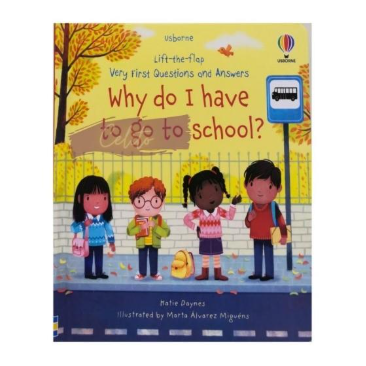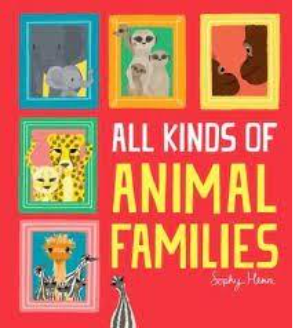Reception Autumn 2025 Curriculum Overview
After an initial settling in period for the children, our topics this term will be ‘Families and Friends’ in the first half term and ‘Seasons and Celebrations’ in the second.
In the first half term, the children will be thinking about themselves and how they are similar and different to others around them before exploring their own families, homes, and friendships. As part of this, the children will tour the school, identify important places, and meet the adults at Roman Way. After half term, our topic will become ‘Seasons and Celebrations’ where we look at the seasonal changes and celebrations such as Diwali and Christmas.
Alongside adult led teaching and small group tasks, the children will take part in two sessions during the day where they can choose the areas they want to explore. They will have access to a variety of provision and resources which will be changed regularly to reflect our learning and the children’s interests. There are multiple areas including arts and craft, writing, a home corner, maths and puzzles, sand and water, sensory play and construction. Adults are present to support the children in their play and learning.



Reminders:
-
Please send a named water bottle in every day.
-
PE is on Thursday. Children will change at school. PE kits can remain in school until half term. Please, please, please make sure all the children’s uniform and PE kit are named. If your child’s uniform is not named it will make it very difficult to find.
-
In Early Years, children will be spending lots of time outdoors in all weathers. Please provide children with a pair of named wellies to keep in school and send them in with a waterproof jacket. They will need wellies to access our mud kitchen and water area outside too.
-
Library books will be changed every Friday.
-
When issued, reading books and reading records need to be in school every day. Reading books will be collected in on Thursday to be changed and re-issued to you on Friday.
-
Any questions – please, please ask!
|
Subject |
Teaching and Learning |
Parental Involvement |
|
Physical Development |
|
|
|
Communication and Language |
|
|
|
Personal, Social and Emotional Development |
We follow the Kapow PHSE scheme and will be teaching the following units: My feelings
Building Relationships
|
|
|
Maths |
|
|
|
Literacy including phonics |
|
|
|
Understanding the World |
|
|
|
Expressive Arts and Design |
|
|
